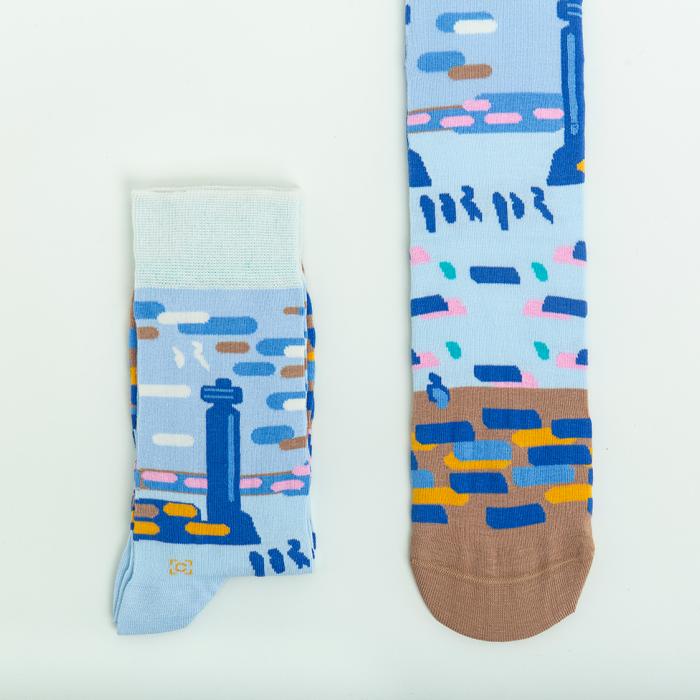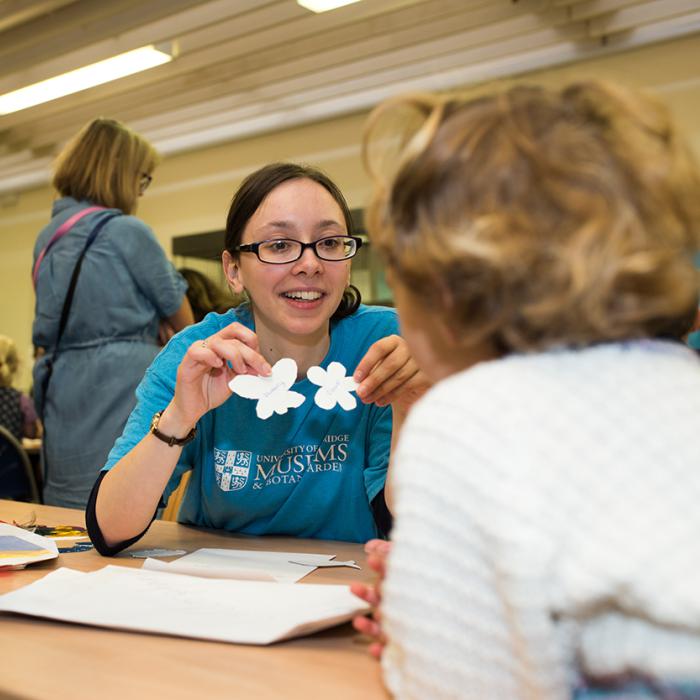Colour reigns supreme as the era of glasshouses for all beckons and tender annuals of all kinds throng to our shores and into our gardens. As the Horticultural Society becomes ‘Royal’ in 1861 so gardening becomes a national passion. Seeds and nurserymen flourish and the array of plants shames nature into artifice, with glass and stones added to the mix of instant planting.
Refinement and quiet revolution as flowers beds reflect the duality caused by the increasing gulf between town and country. Hollyhocks, honeysuckle and lilacs form a genteel backdrop to country life, with sweet smelling jasmines and mock orange or fruit trees echoing the simple delights. Dahlias, cosmos and zinnias bring colour from South and Central America as the cosmos extends the season. Theatres of auriculas and pansies throng the gardens of plant fanciers but the city garden relies on an increasing array of evergreen shrubs to ward off the smoke and smut.
Gertrude Jekyll’s designs predominate as art and gardening come together to produce borders inspired by colour and paintings inspired by gardens. Away from the herbaceous borders wild gardening comes to the fore as hardy plants replace bedding, and cottage plants find a home in the stateliest of beds. New plants again flood in with China to the fore, and fill the garden with blooms through the year. Roses on the rise over pergolas and arbours, clematis trail over house and garden and daffodils and lilies explode in varieties.
From philosophy to art, ceramics to silks, medicine to death; the chrysanthemum winds its way through ancient Chinese culture into the gardens of French Impressionist painters and onto the pages of a novel by one of America's foremost writers. Often dismissed as the 'showman's flower' it draws its allure from the gold of the sun and the rule of the emperors. Truly a flower that spans the history and art of cultures around the globe.
As the flower garden takes its first steps away from native wildflowers towards a world of exotics drawn from the Americas and Africa, we will look at the impact this has on our flower gardens. The shy natives with their long-standing traditions and uses in the cottage garden are eclipsed in courtier gardens by the sunflower and the love apple. Love-lie-a-bleeding comes face to face with ‘Love Unrequited’ but only one appears in Shakespeare, who in general eschews the exotics for flowers the ‘groundlings’ at the Globe would gave recognised.
Plants can be powerful poisons and have been used as such for millennia. However, as gardeners we are more concerned with the prevention of accidental poisoning or adverse toxic reactions. Many of the plants that we commonly grow in our gardens could be considered poisonous or toxic in some way but with some knowledge, and common sense, can be grown safely and enjoyed for their ornamental beauty.
We will look at the chemistry within those plants that we use to decorate our homes at this time of year, plus those that feature in our seasonal celebratory feasts whether as food or drink. We will also look at the chemistry of plant products that might help us to get over any seasonal over-indulgence!

